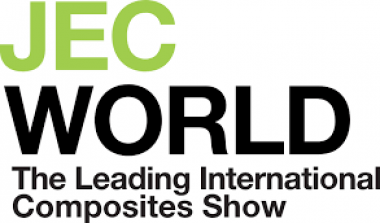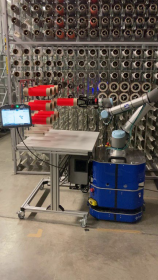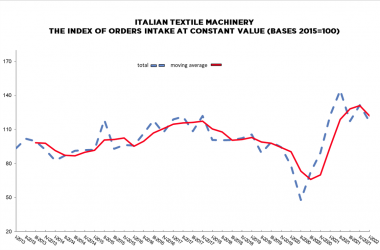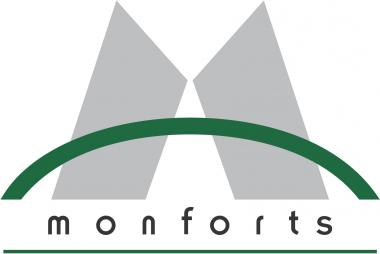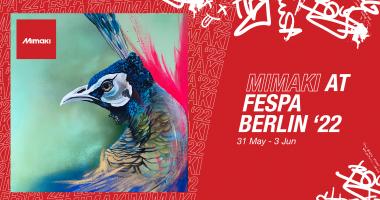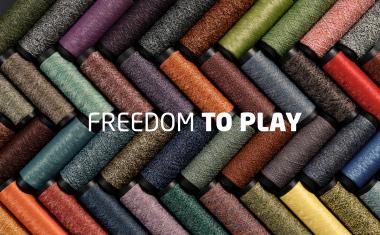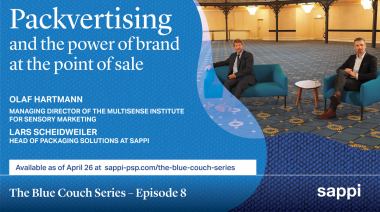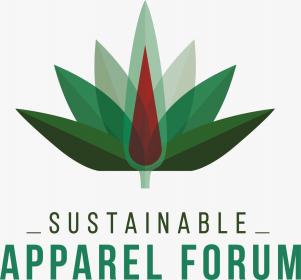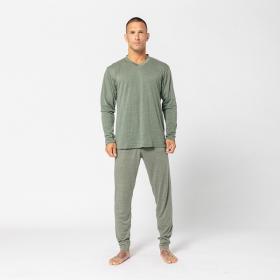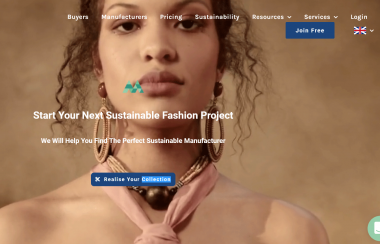JEC World 2022 shows the dynamism of the composites industry
The global composites community reunited at JEC WORLD 2022 on May 3rd to 5th for three days of innovation, networking and knowledge sharing. The industry was excited to reconnect in Paris after three years and the show exceeded all expectations in terms of product launches, content, business activity and attendance. Overall, the event welcomed 32,000+ professional visits, in Paris and online, from more than 115 countries and featured 1,201 exhibitors and 26 pavilions, whilst the JEC World Connect platform offered an additional way to explore the show this year.
While fewer Asian participants were able to join the show this year due to travel complexities, the attendance of a high level of decision makers from 117 countries and all key players along the value chain resulted in a dynamic environment for networking and business. As a consequence, companies were keen to confirm their presence next year; by the time the show closed its doors, 50% of JEC World 2023 exhibition space had already been booked. Exhibitors and attendees have expressed very positive feedback about the quality of the exhibition and such a successful come-back of JEC World as the pinnacle event of the industry.
Innovations at JEC World
With more than 500 product launches during this year’s show, JEC World remains a popular venue to introduce new products to the global market.
The JEC Composites Innovation Awards celebrated 10 collaborative projects, reflecting the dynamism and the resilience of our industry, and two Innovation Planets displayed 80 impressive applications.
Celebrating its five-year anniversary, the JEC Composites Startup Booster competition is now established to discover startups in the advanced composites sector.
JEC World contributing to a more sustainable world
JEC World’s conference program shone a light on this year’s theme and most impactful topic: Composites for a Sustainable World. Sustainability continues to rise as a key growth driver for the composites industry, enabling diverse application sectors to achieve ambitious sustainability goals, from energy and transportation, to building and infrastructure, and so many more. JEC World highlighted how the growing application of composites will open up exciting new horizons for human activities, improving people’s lives and leading to a better, more sustainable world.
International community
Three Country on Stage presentations showcased the structure and strengths of the composites industries of South Korea, the Netherlands and the United States. The program featured keynote presentations and business cases which demonstrate the countries’ composites expertise in hydrogen, in sustainable excellence, and innovation in building and mobility, respectively.
Ministers, ambassadors and official representatives from 16 countries also visited the show as part of dedicated official delegation tours from the United States, Turkey, Hungary, Taiwan, Portugal, Croatia, the Netherlands, the United Kingdom, North Macedonia, Germany, Slovakia, Luxembourg, Belgium, Sweden and Spain.
Thus, JEC World was the opportunity for government representatives to meet the leading composites actors of their respective regions or markets and show their support. Official inaugurations also took place on the Dutch, American and British pavilions.


